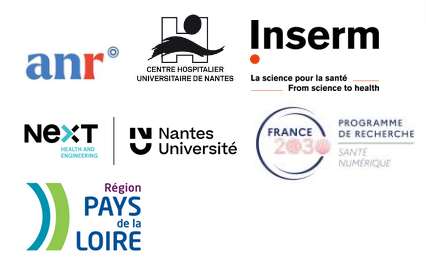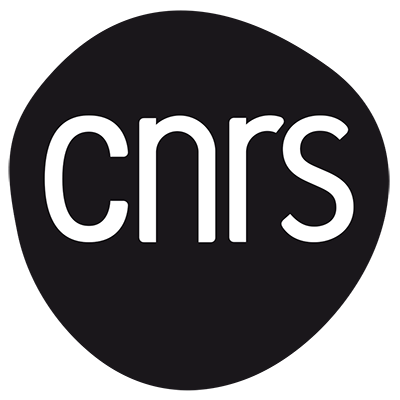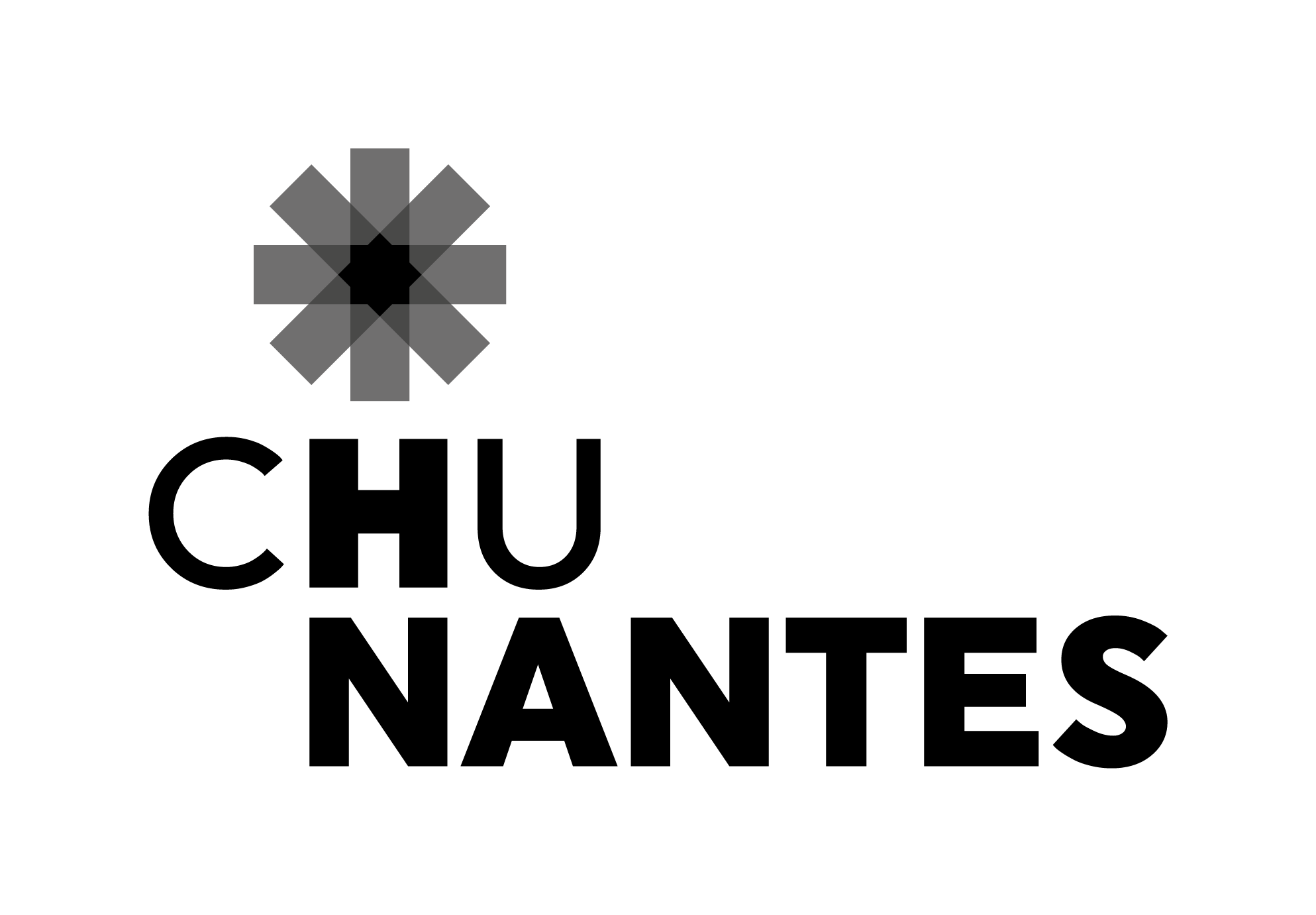Intracranial aneurysm
Romain Bourcier & Richard Redon
Principal Investigators: Romain Bourcier, Hubert Desal, Richard Redon
Post docs: Fabien Laporte, Rafic Nader
PhD students: Raphaël Blanchet, Pacôme Constant Dit-Beaufils
Support staff: Florent Autrusseau, Christian Dina, Alban Gaignard, Camille Maïano, Laurent Vallet
A haemorrhagic stroke caused by the rupture of an intracranial aneurysm (IA) is fatal in 50% of cases. An IA is an asymptomatic cerebrovascular abnormality that affects 3% of the general population. There is still no reliable strategy to predict the formation and/or fate of an IA, nor are there pharmacological means to prevent rupture. Although there is increasing evidence that IA has a heritable component, the molecular mechanisms underlying IA formation, growth and rupture are largely unknown.
To elucidate the pathophysiology of IA, we are relying on a nationwide effort by neuroradiology centres to systematically collect clinical, biological and anatomical (imaging) data from patients diagnosed with IA. Based on this unique resource, we aim to address the molecular basis of familial, early-onset and/or multiple forms of IA, to refine specific phenotypes of the disease and to identify novel disease-susceptibility genes. In parallel, we have joined the IA Genetics Working Group of the International Stroke and Genetics Consortium, contributing to genome-wide association studies and phenotypic-genotypic analyses. Downstream functional analyses on newly identified disease-susceptibility genes are performed in collaboration with the group led by Gervaise Loirand & Anne-Clémence Vion in Team III - Vascular & Pulmonary Diseases. Our common work may reveal endo-phenotypes of the disease and contribute to a better understanding of the pathophysiology of IA.
To make best use of the collected clinical and imaging database, we are developing new tools for automated image analysis, and conducting epidemiological studies to improve IA risk stratification in the general population. By combining clinical, anatomical and molecular information in multimodal approaches, our ultimate goal is to accurately predict IA formation and progression to rupture.
Learn more about our projects:
- RHU eCAN : Romain Bourcier (2024-2028)
- NEUROVASC, PEPR Digital Health : Richard REDON (2023-2027)
- ANR JCJC WECAN & Chair ‘Talent’ by NExT : Romain Bourcier (2021-2025)
Rare coding variants in CTSO, a potential new actor of arterial remodeling, are associated to familial intracranial aneurysm. Freneau M, Blanchet R, Benichi S, et al. medRxiv 2023.01.31
Using deep learning for an automatic detection and classification of the vascular bifurcations along the Circle of Willis. Nader R, Bourcier R, Autrusseau F. Med Image Anal. 2023 Oct
Risk Prediction of New Intracranial Aneurysms at Follow-Up Screening in People With a Positive Family History. Zuurbier CCM, Bourcier R, Constant Dit Beaufils P, et al. Stroke. 2023 Apr
Location of intracranial aneurysms is the main factor associated with rupture in the ICAN population. Rousseau O, Karakachoff M, Gaignard A, et al. .J Neurol Neurosurg Psychiatry. 2021 Feb
Genome-wide association study of intracranial aneurysms identifies 17 risk loci and genetic overlap with clinical risk factors. Bakker MK, van der Spek RAA, van Rheenen W, et al. Nat Genet. 2020 Dec
Funding
- Agence Nationale de la Recherche
- CHU de Nantes
- Inserm
- NEXT - Nantes Université
- PEPR - Santé Numérique
- Région Pays de la Loire






